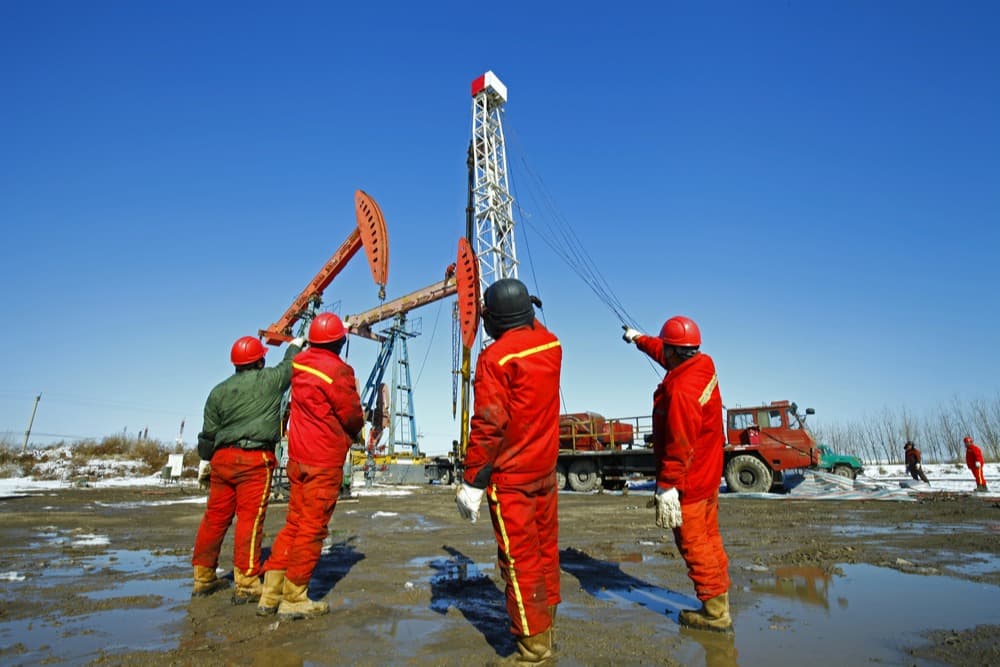A key OPEC+ meeting indicates that oil supply is returning and rebounding from its biggest slump since November of 2020.
The OPEC+ (The Organization of the Petroleum Exporting Countries) is an intergovernmental organization of 13 countries that aims to regulate the supply of oil and set the price on the world market.
A recent gathering of this alliance was held to explore the idea of increasing oil supply after prices began to climb.
In New York, for example, oil rose to above $60 a barrel. West Texas Intermediate experienced a delivery gain in April of 1.3% and Brent saw the same increase in May.
While the COVID-19 pandemic certainly impacted the state of the oil and gas industry around the world, its recovery has been driven by Asian demand as well as government relief programs.
Data has shown that most key manufacturing economies began to gain ground last month with countries such as China continuing to expand in the industry.
OPEC+ is keeping an eye on the market’s view and cautions that the current oil balance could cause a moderate production increase but may not justify a bigger one.
This moderate increase, however, is enough to create the need for continued jobs in the oil and gas industry - which is great news for oilfield workers ready to go back to work or seeking new employment.
Jobs in Canada and the US
This rise in oil prices is creating a labor shortage around the globe, creating an opportunity for job openings in both Canada and the US.
In fact, the Canadian Association of Oilwell Drilling Contractors (CAODC) has reported that rig activity is higher than they anticipated for the first quarter of the year.
This means that there will be an increase in demand for oil and gas well drillers and as well as other oilfield laborers.
In the US, employment in the US oilfield services and equipment sector jumped for the fifth consecutive month in January by around 8400 jobs.
This has created a shortage of skilled tradespeople and general laborers within the US economy.
Is It Time to Go Back to Work?
The pandemic certainly put a damper on production and jobs last year - but many of those who were laid-off benefited from unemployment insurance subsidies and relief funds.
The combination of relief money and the reluctance to work an oil worker’s schedule may make remaining unemployed seem appealing but, with vaccine rollouts ramping up, COVID-19 is not going to affect the workforce for much longer.
With so many jobs opening up in the oil and gas industry, now may be the time to take advantage of the employment being offered.
Waiting until the pandemic passes us by may mean a shrinkage in jobs as the world begins to open up again.

